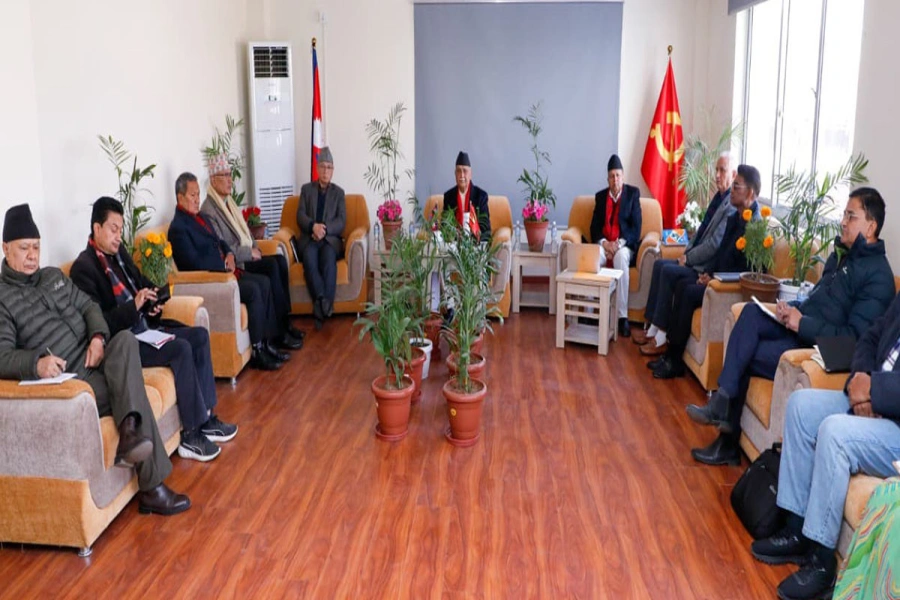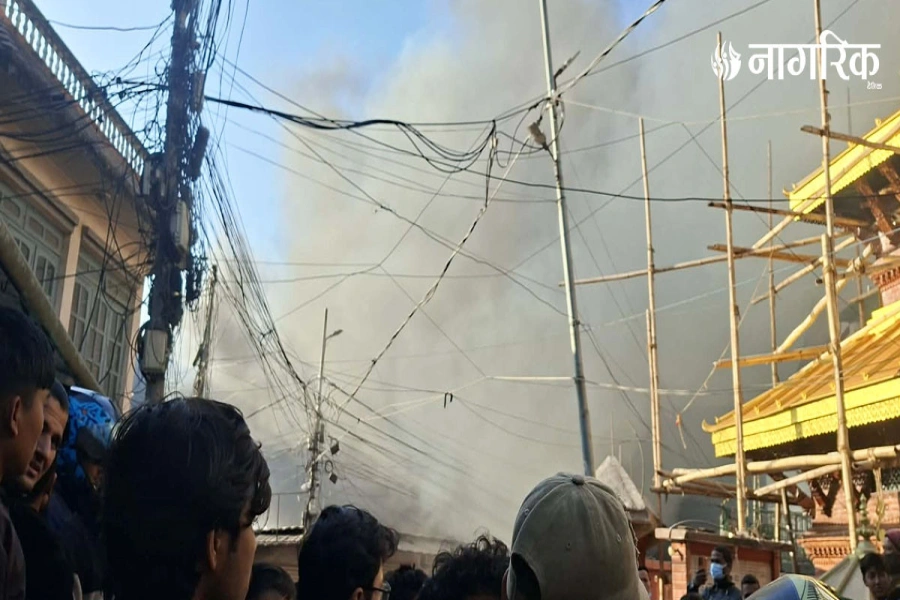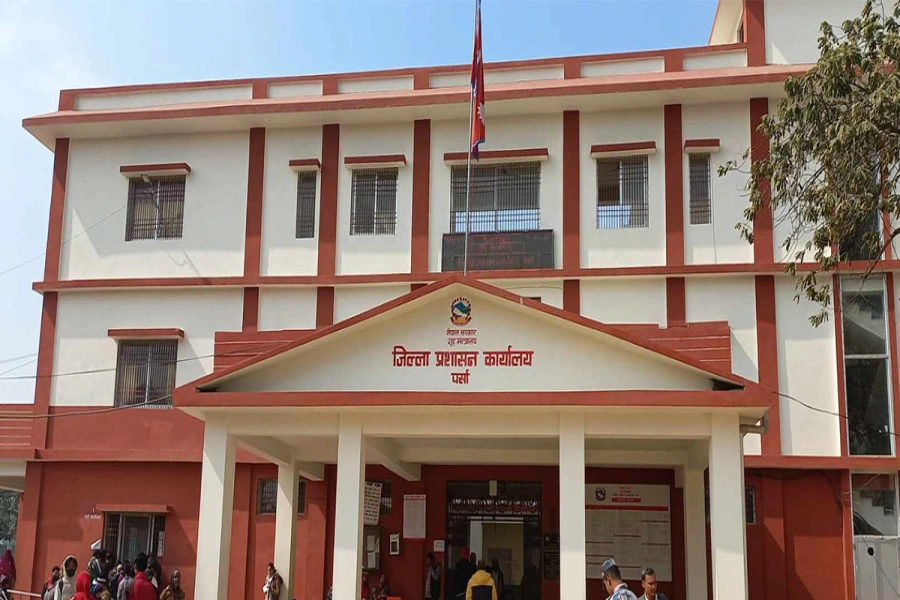Based on air pollution levels, Kathmandu has been ranked as the fourth most polluted city in the world. Currently, the air quality in Nepal’s capital is considered poor, with PM2.5 levels of 184 micrograms per cubic meter (μg/m3) at 9:45 a.m. PM2.5, the primary airborne pollutant less than 2.5 micrometers in diameter, poses a serious health risk, according to data from global air quality reporting organization IQ AirVisual. While current PM2.5 levels in Kathmandu are 24 times higher than the annual air quality guideline values of the World Health Organization (WHO), IQAir reported that Bhaktapur faces PM2.5 levels 28.6 times higher than WHO annual guideline values, recording 196 µg/m3. The PM2.5 concentration in Lalitpur (155 µg/m3) is 12.5 times the WHO annual guideline. Kathmandu is the fourth most polluted city in the world based on IQ AirVisual ranking, while Chengdu in China tops the list, followed by Lahore (Pakistan) and Delhi (India). This is a great concern because the impact of air pollution on human health cannot be ignored.
Kathmandu tops global air pollution chart again

Public health and air pollution experts recommend wearing masks to reduce exposure to pollutants. But it is necessary for the government to take emergency measures to protect the health of its citizens. The risk of pollution damage is greater for children, the elderly and those with respiratory, heart and lung diseases. In 2019, an unacceptable 42,000 people died from indoor and outdoor air pollution in Nepal. Furthermore, of the total number of deaths due to air pollution, 19% were children under 5 years of age and 27% were in the age group of over 70 years. These statistics are alarming and require immediate government action. The primary contributors of air pollution in Kathmandu Valley are found from solid waste burning, transportation, industry/brick kiln, and household energy sectors. The pollution from solid wastes can be controlled by banning the open burning of the waste and also reassuring the waste products at the source level for composting, biogas production, recycling, or reusing. With regard to the transport sector, the government needs to spend more capital on public transport, support the use of electric vehicles, and enhance and open up sidewalks and bike lanes in order to build sustainable mobility. The kilns that are inside Kathmandu Valley should move from the ones that pollute the air to ones that are cleaner. On the other hand, households should be motivated to shift from the use of unclean fuels such as fuelwood, dung and kerosene to alternatives such as electricity and LPG since this will reduce household energy pollution in the area.
Also, the government should take actions to lower the pollution levels by motivating sources that are within the specific area as for instance the fires and burning of agriculture residue. Citizens must be taught how to utilize preventive measures such as wearing masks, avoiding non-essential outdoor activities and reducing use of private vehicles during the peak pollution period. We should also direct more investment to public transportation by road and rail, to try to have people choose to use public transport rather than private cars. Furthermore, the government should step up the capital expenditure in clean energies such as solar and wind power, thereby lessening dependence on fossil fuels. Indeed, installing air pollution monitoring stations across the country to track the pollution levels and the response in this regard is altogether important. The alarming situation that the Kathmandu Valley ranks fourth among polluted cities globally is a serious matter. It is of utmost urgency that the government takes immediate actions to address the problem of air pollution in Kathmandu Valley. We urge the government to take tough measures to reduce pollution and safeguard people's health.





































